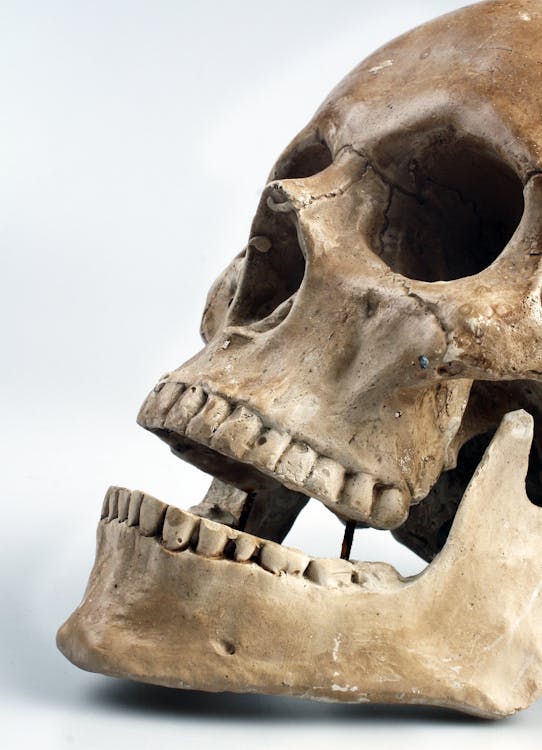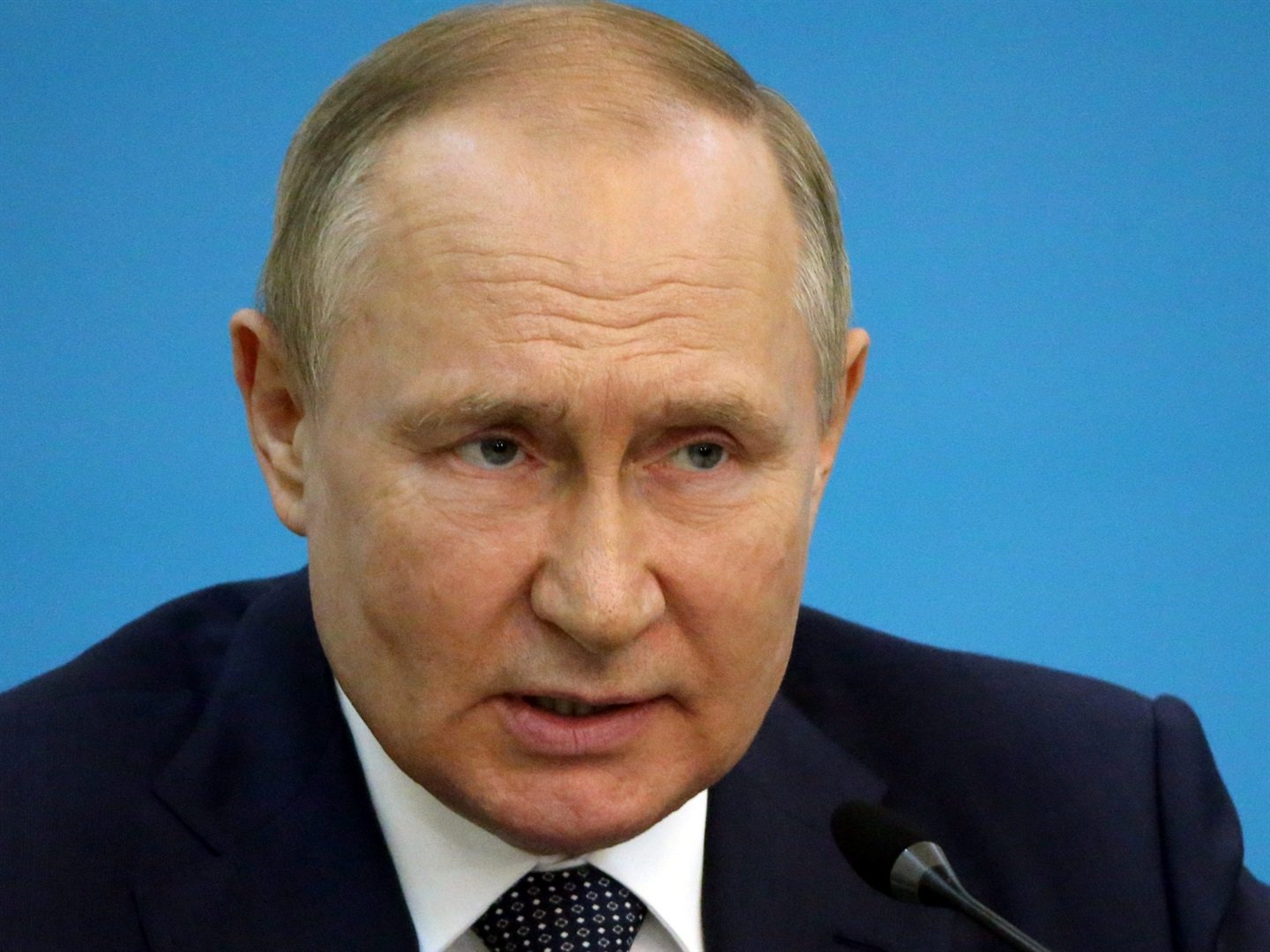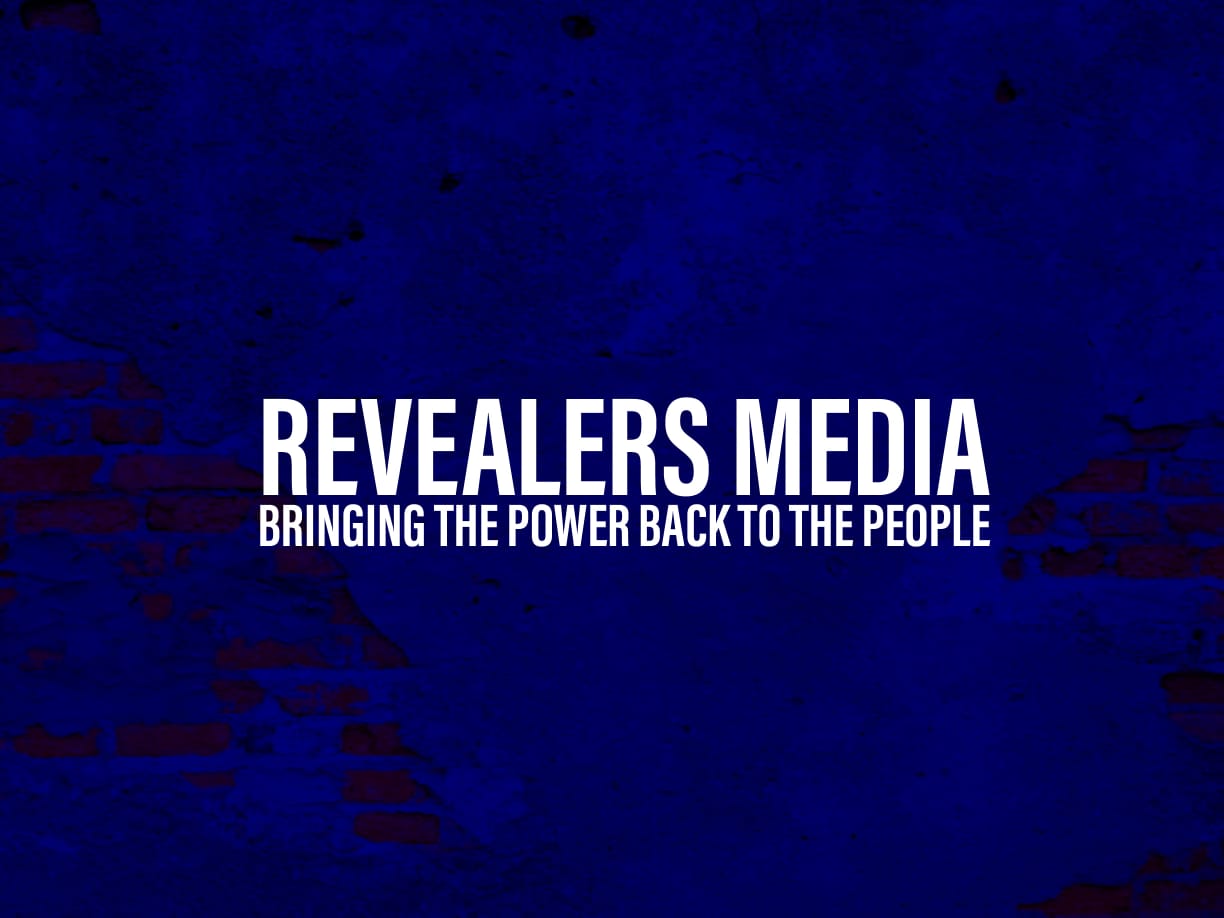The Use of Dead Soldiers' Teeth as Prosthetic Teeth: A Grim Practice in History
The article examines the historical practice of using deceased soldiers' teeth as prosthetic teeth for injured or missing soldiers during wartime. It delves into the procedure for acquiring and cleaning teeth, as well as the ethical and hygienic issues that surround the practice. In addition, the article discusses the evolution of dental prosthetics and the current use of synthetic materials in modern dentistry.

The usage of dental prosthesis wasn't widespread in the early 19th century. This continued up until the Battle of Waterloo in 1815, when using dead soldier's teeth as prosthetic teeth started to gain popularity and become a cheap remedy for people's dental issues. Even though it may look horrifying and gory by today's standards, this was a big advancement in dentistry at the time.
Several troops perished in the Battle of Waterloo, which was fought between the French and British armies. There were a lot of intact teeth among the dead bodies that were scattered over the battlefield. The British soldiers were particularly envious of the French soldiers' teeth because they maintained their teeth better than they did. These teeth were removed, cleaned, and then sold to dental professionals or those in need of dental prosthesis.
After the Battle of Waterloo, the practice of using dead soldiers' teeth as prosthetic teeth persisted for many years. It was especially popular among the wealthy and upper classes who could afford the costly procedure of having dentures made. Many people believed that human teeth were more natural-looking and durable than other materials, such as animal teeth or ivory.
However, using dead soldiers' teeth as prosthetic teeth was fraught with danger. Diseases such as tuberculosis or syphilis could be transmitted to the recipient of the prosthetic teeth by the teeth. If proper sterilization techniques were not used, there was also a risk of infection during the extraction process.
In the late 19th century, the use of dead soldiers' teeth as prosthetic teeth began to decline with the advent of new materials such as porcelain and the development of more effective sterilization techniques. However, the practice continued in some areas well into the 20th century.
Today, the use of dead soldiers' teeth as prosthetic teeth is no longer practiced, as it is considered unethical and unsanitary. Modern dental prostheses are made from a variety of materials, including porcelain, resin, and acrylic. They are designed to be comfortable, durable, and natural-looking, and are customized to fit the unique needs of each individual patient.
With the introduction of new materials such as porcelain and the development of more effective sterilization techniques in the late nineteenth century, the use of dead soldiers' teeth as prosthetic teeth began to decline. However, in some areas, the practice persisted well into the twentieth century.
Today, the use of dead soldiers' teeth as prosthetic teeth is frowned upon as unethical and unsanitary. Porcelain, resin, and acrylic are some of the materials used in modern dental prostheses. They are made to be comfortable, long-lasting, and natural-looking, and they are tailored to the specific needs of each patient.
To summarize, while the use of dead soldiers' teeth as prosthetic teeth may appear barbaric by modern standards, it was a significant advancement in the field of dentistry during the early nineteenth century. It provided an affordable solution to dental problems for many people who could not otherwise afford dental care. However, due to the advancement of new materials and sterilization techniques, the practice has become obsolete and is no longer used in modern dentistry.
What's Your Reaction?


































